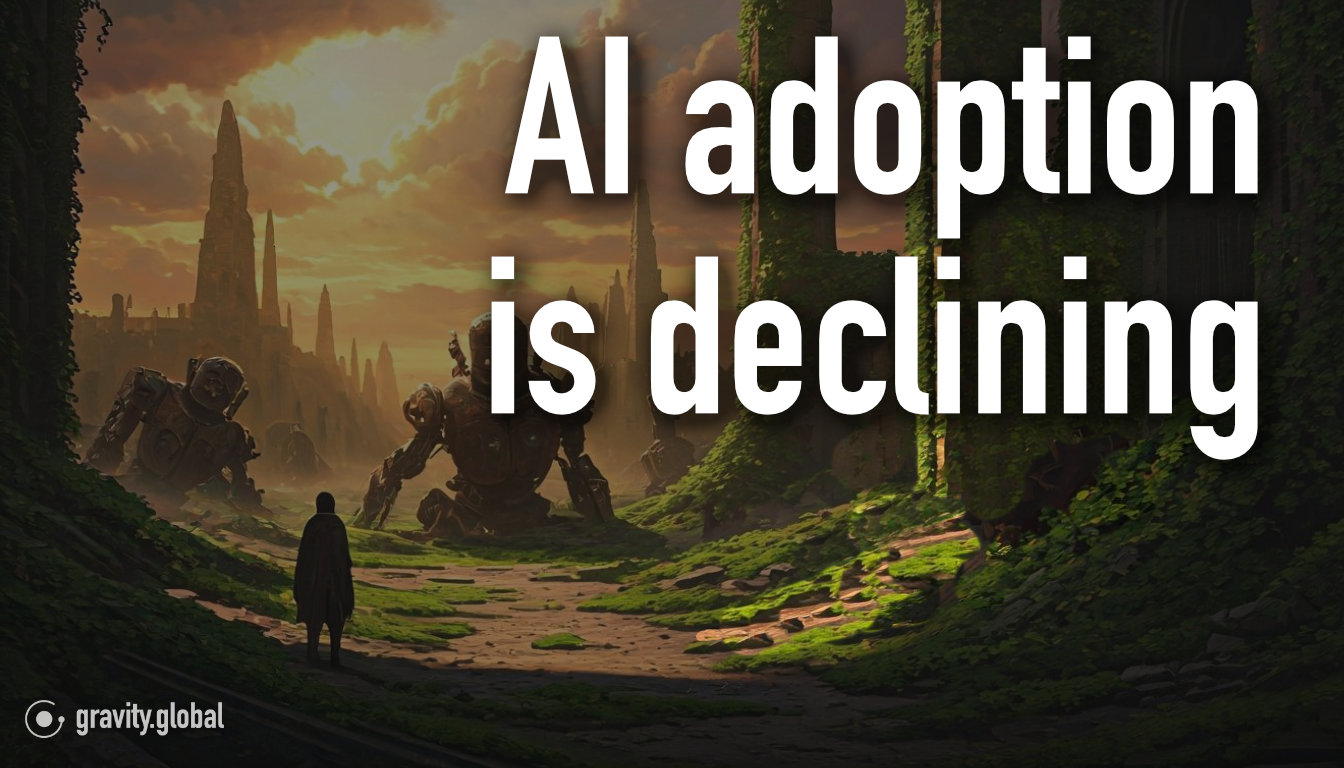From Dusty Binders to Digital: Evolving Employee Handbooks
Digital handbooks enhance searchability, multimedia, personalization, and mobile access. See how companies boost engagement, understanding, and experience.

The Evolution of Employee Handbooks
The traditional employee handbook, once a thick binder gathering dust on office shelves, is rapidly evolving into a dynamic digital resource. The rise of remote work and an increasingly mobile workforce has accelerated the need for accessible, searchable, and up-to-date employee information. According to Statista, worldwide spending on digital transformation reached $1.85 trillion in 2022, underscoring the urgency for organizations to modernize their operations.
Transitioning from static physical handbooks to interactive digital formats offers numerous advantages. Employees can easily search for relevant policies and information on any device, enhancing productivity and self-service capabilities. Dynamic handbooks can be seamlessly updated in real-time, ensuring employees always have access to the latest information. Furthermore, multimedia elements like videos and interactive modules make policies more engaging and memorable, improving comprehension and adherence.
Limitations of Traditional Handbooks
Traditional employee handbooks, often thick binders filled with dense text, suffer from several limitations that render them ineffective in the modern workplace. Firstly, their text-heavy and lengthy nature discourages employees from reading them, leading to a lack of understanding of crucial company policies and procedures. According to Christine Zinter, an effective employee handbook should be no more than 8-10 pages, a far cry from the voluminous tomes commonly found in many organizations.
Furthermore, static handbooks quickly become outdated as company policies evolve, leaving employees with outdated information that could potentially lead to non-compliance or misunderstandings. The one-size-fits-all approach of traditional handbooks also fails to address the diverse needs and roles of employees within an organization, resulting in irrelevant information cluttering the handbook and making it difficult for employees to find the policies and procedures relevant to their specific roles.
Finally, the lack of searchability and accessibility in traditional handbooks poses a significant challenge. Employees often struggle to navigate through the dense text to find the information they need, leading to frustration and wasted time. Additionally, these handbooks are typically not optimized for mobile or remote access, creating barriers for the growing number of employees who work outside of a traditional office setting, as highlighted in this article on the pros and cons of employee handbooks.
The Digital Dynamic Handbook
The digital dynamic handbook represents a paradigm shift from the static, one-size-fits-all approach of traditional employee handbooks. Leveraging modern technology, these digital handbooks offer a range of advantages that enhance accessibility, engagement, and relevance.
One of the key features is the integration of interactive multimedia formats, such as videos, animations, and illustrations. This visually engaging approach not only captures employees' attention but also facilitates better understanding and retention of policies and procedures. As stated by AirMason, "Interactive elements in digital handbooks can improve employee engagement and comprehension."
Furthermore, digital handbooks prioritize searchability, enabling employees to quickly find the information they need. Through powerful search functionality and intuitive navigation, employees can easily access relevant policies and guidelines, saving time and increasing productivity.
Personalization is another significant advantage, as digital handbooks can tailor content to individual employees based on their roles, locations, or other criteria. As highlighted by Greater Human Capital, "Truly digital employee handbooks offer numerous advantages, starting with accessibility and convenience. They can be accessed anytime, anywhere, and can be personalized to display only the most relevant information for each employee."
Moreover, digital handbooks can seamlessly integrate with existing HR systems and platforms, ensuring that policy updates and changes are automatically reflected in real-time. This integration eliminates the need for manual updates and ensures that employees always have access to the most current information.
Finally, digital handbooks are optimized for mobile accessibility, catering to the increasing number of remote and on-the-go employees. With responsive design, employees can access handbook content from their smartphones, tablets, or other mobile devices, fostering a truly flexible and mobile-friendly employee experience.




Embrace the digital adoption platform of tomorrow - GRAVITY



The Digital Adoption Updates You Can't Miss - Subscribe Now!
Join Our Monthly Author Call – Stay Ahead of the Curve with the Latest Trends!



Innovative Handbook Formats
Companies are getting creative with reimagining the traditional employee handbook into more engaging and modern formats:
Netflix's famous Culture Deck takes the form of a visually compelling slide presentation, making their core values and policies much more digestible and memorable.
At Zappos, new hires watch a video-based handbook during onboarding, bringing the company culture and guidelines to life in a more immersive way.
Gravity Payments has integrated their handbook into their personalized onboarding platform, ensuring each employee only sees the relevant policies and information for their role.
Airbnb took an unconventional approach with their comic book style handbook, using illustrations and storytelling to make their employee experience principles fun and memorable.
Benefits for Employee Experience
Digital dynamic handbooks offer numerous advantages that can significantly enhance the employee experience. According to a study by HR Future, interactive multimedia content, such as videos and animations, makes handbooks more engaging and memorable for employees, improving policy understanding and retention.
Furthermore, personalized handbooks ensure that employees only receive information relevant to their specific role, location, and employment status, reducing information overload and increasing the usefulness of the content. This personalization feature, as highlighted in a case study by ResearchGate ,can positively impact employee engagement by providing a tailored and streamlined experience.
Moreover, digital handbooks are accessible from any device, allowing remote and mobile employees to access policies and information on-the-go. This accessibility ensures that employees always have the resources they need at their fingertips, fostering a sense of support and enabling them to work more efficiently.
Ultimately, digital dynamic handbooks facilitate better communication and understanding of company policies, fostering a more informed and engaged workforce. By leveraging multimedia, personalization, and accessibility, organizations can create superior employee experience that drives engagement, productivity, and overall satisfaction.
Real-Time Policy Updates
One of the biggest challenges with traditional printed employee handbooks is keeping them up to date as policies and regulations evolve. By the time a new handbook edition is published, it may already be outdated. This can create compliance risks and confusion for employees. Digital dynamic handbooks solve this by integrating directly with a company's HR information system (HRIS) to automatically reflect the latest policies in real-time. As the HRIS is updated, the handbook content updates simultaneously across all access points (Source).
Version control and change tracking are critical capabilities for digital handbooks. The system should maintain a detailed revision history showing what content was changed, by whom, and when. This creates an auditable trail to demonstrate compliance and allows employees to see what's new or updated. Automated notifications can alert employees when policies impacting their role have been modified, keeping everyone informed as the handbook evolves.
Multimedia and Interactivity
To boost engagement and knowledge retention, modern employee handbooks are embracing multimedia formats like videos, animations, and illustrations. Companies like Zappos have created video-based handbooks that new hires watch during onboarding, bringing policies and culture to life in a more dynamic way. Interactive elements like quizzes, games, and branching scenarios further increase learner participation.
Beyond just reading dry text, employees can experience real-world situations through interactive stories that test their understanding. This hands-on approach reinforces key takeaways and drives better knowledge absorption. Adding humor, storytelling, and brand personality to multimedia content also helps content feel more engaging versus traditional boring corporate handbooks.
Personalization and Relevance
Next-generation employee handbooks leverage personalization and adaptive learning technologies to tailor content for maximum relevance to each user. By creating customized user profiles, handbooks can dynamically filter sections to only display policies and information applicable to an individual's role, location, tenure, and preferences.
For instance, a new hire in sales based in New York would see different content than an experienced software engineer working remotely from California. The handbook intelligently adapts using rules and algorithms to serve up the right information at the right time. This personalized, curated experience ensures employees don't wade through irrelevant sections while quickly finding what they need. Leading companies are also incorporating language localization to make handbooks accessible in an employee's preferred language (Source).
Mobile-First Accessibility
In today's mobile-centric world, employee handbooks must be optimized for seamless access on any device, from smartphones to tablets. A mobile-friendly PDF with responsive design ensures that content adapts fluidly to different screen sizes, providing a consistent and user-friendly experience across platforms.
This mobile-first approach is crucial for supporting remote employees who may rely on their personal devices to access company policies and information while working from home or on the go. Moreover, incorporating offline access capabilities allows employees to consult the handbook even when an internet connection is unavailable, ensuring uninterrupted access to vital resources.
Latest articles
Browse all posts





